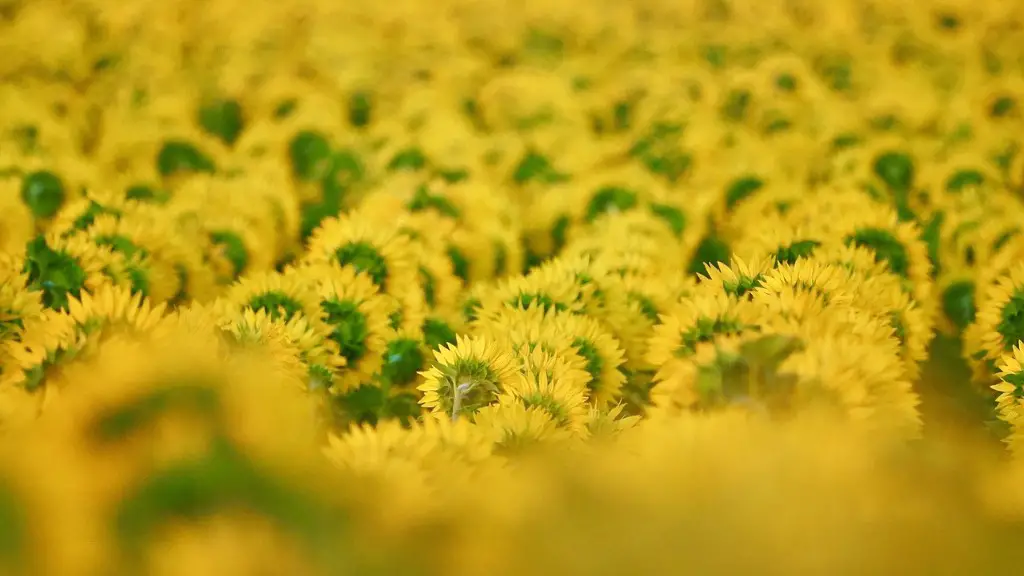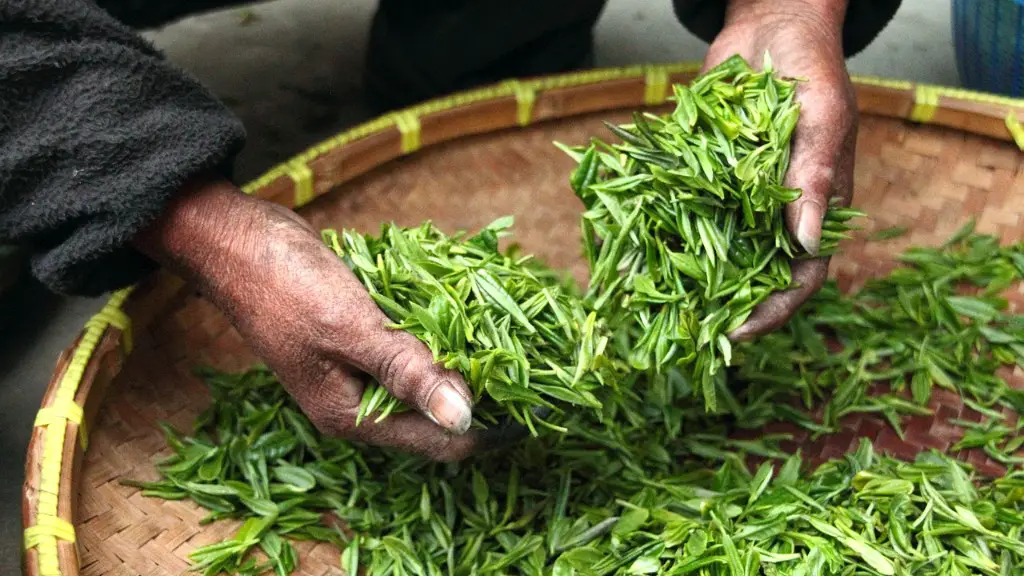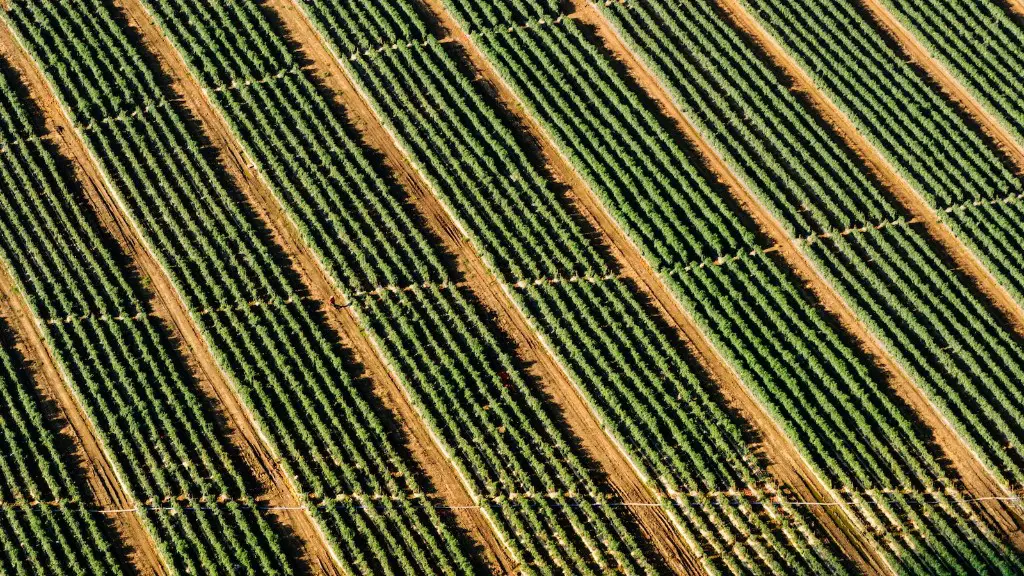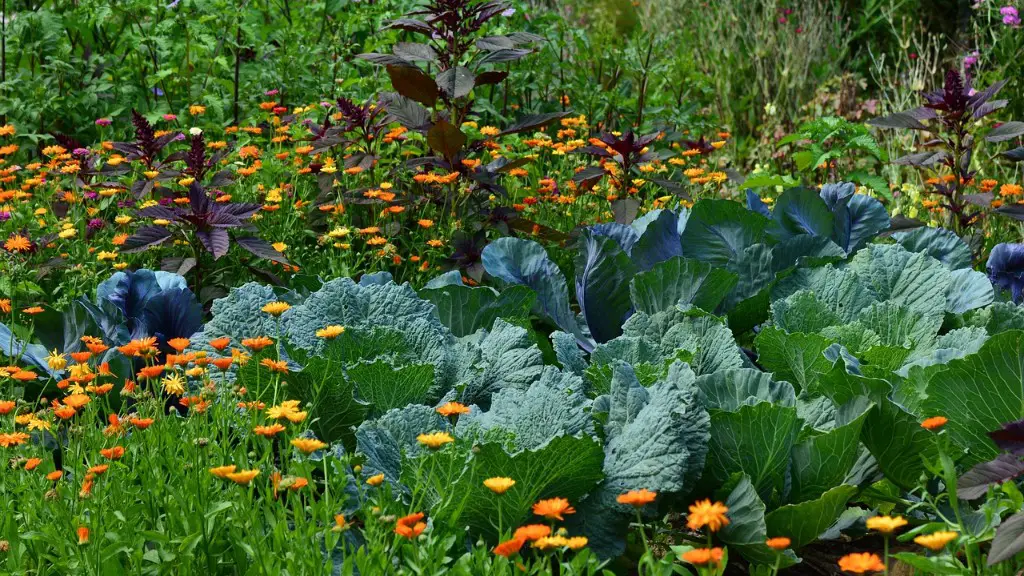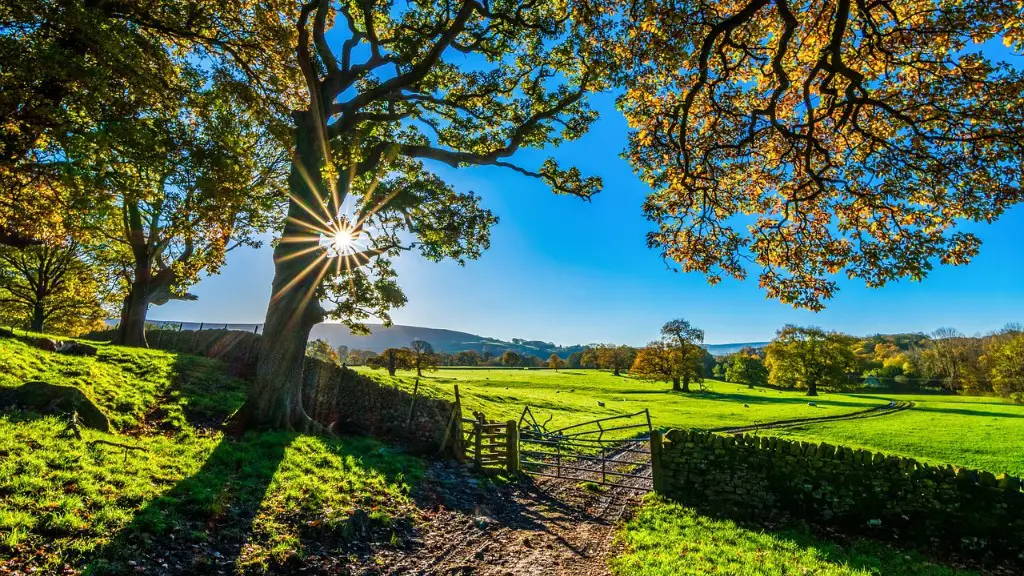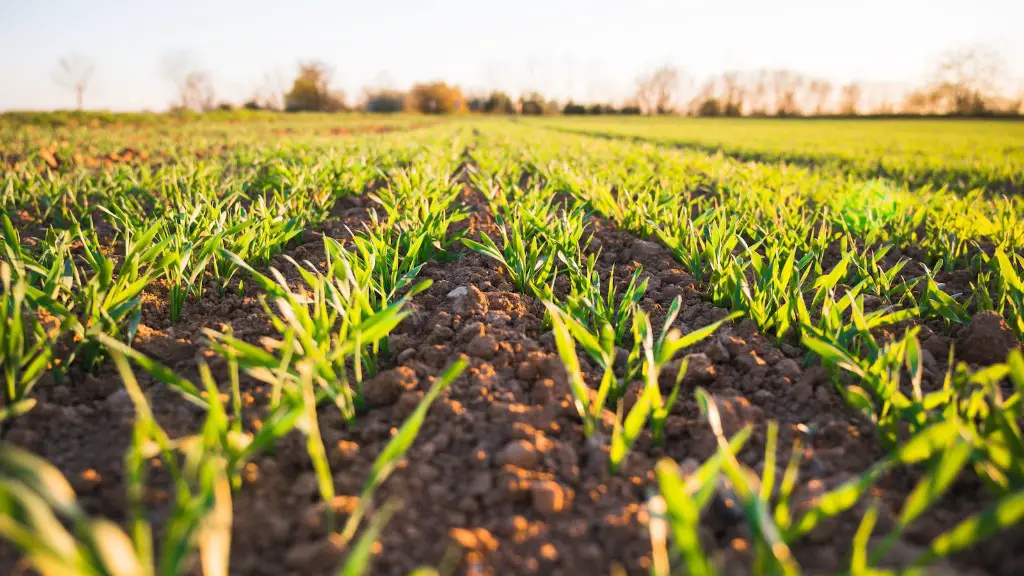Agriculture is the art and science of cultivating plants and animals for food, fiber, and other products. It has been around for millennia, with early evidence dating back to 10,000 BCE in the Fertile Crescent. Agriculture allowed for the domestication of plants and animals, which led to the development of civilizations. Today, agriculture is a vital part of the global food system, providing billions of people with sustenance. It is also a significant source of employment, with over 1.3 billion people working in the sector.
The practice of agriculture is estimated to be at least 10,000 years old.
Who started agriculture?
The Egyptians were one of the first peoples to practice agriculture on a large scale. They started in the pre-dynastic period from the end of the Paleolithic into the Neolithic. This was made possible with the development of basin irrigation.
Agriculture likely began during the Neolithic Era before roughly 9000 BCE when polished stone tools were developed and the last ice age ended. Historians have several theories about why many societies switched from hunting and foraging to settled agriculture, but the most likely explanation is that it was simply more efficient. Agriculture allowed for a more reliable food supply, which led to larger populations and the development of civilizations.
When and where did agriculture begin
The Zagros Mountain range, which lies at the border between Iran and Iraq, was home to some of the world’s earliest farmers. Sometime around 12,000 years ago, our hunter-gatherer ancestors began trying their hand at farming. The Zagros Mountains provided a perfect location for early farming experiments, with ample rainfall and ample sunlight. The early farmers of the Zagros Mountains were able to learn and perfect the art of agriculture, which allowed them to settle down and build civilizations. The Zagros Mountains were a key factor in the development of early agriculture, and the world is indebted to the early farmers of the Zagros Mountains for their innovations.
Agriculture is thought to have originated in a few small hubs around the world, but the first evidence of it comes from the Fertile Crescent, a region in the Near East that includes parts of modern-day Iraq, Syria, Lebanon, Israel and Jordan. The Fertile Crescent was a naturally fertile area with ample rainfall and ample sunlight, making it an ideal place for early agriculture. The first crops grown in the Fertile Crescent were probably wheat and barley, and the first animals domesticated were probably sheep and goats.
What is the oldest crop?
Lentils have been an important part of human history for over 13,000 years. Today, we add lentils to tasty stews, soups and salads. In ancient times, however, lentils were an important part of establishing modern societies.
Agriculture has been around for at least 10,000 years and has undergone significant development since then. It is thought to have originated independently in different parts of the world, including northern and southern China, Africa’s Sahel, New Guinea, and several regions of the Americas.
Is agriculture the oldest profession?
Farming is the oldest occupation in the world and has been in practice ever since humans decided to settle down and cultivate their own food. Farming is a vital part of human history and has played a significant role in the development of civilization. Today, farming is still an important occupation, providing food for people all over the world.
Agriculture was a major step in human history, allowing for the domestication of plants and animals and the eventual formation of civilizations. Agriculture allowed for the growth of cities and the rise of civilizations, as well as the growth of food production and the food supply. Agriculture also allowed for the growth of trade and commerce, as well as the growth of technology and industry.
How long ago did agriculture start on Earth
This is an amazing discovery that offers new insights into the history of human civilization. It seems that our ancestors were far more innovative and resourceful than we previously thought. This finding also suggests that the transition from hunting and gathering to agriculture was not as abrupt as we once thought. It appears that our ancestors were slowly adapting to their changing environment and developing new ways to survive. This is a fascinating topic that warrants further study.
Agriculture independently began in both North and South America 10,000 years before present (YBP), within a few thousand years of the arrival of humans in the Americas. Agriculture quickly became an important part of human societies in the Americas, as it provided a reliable source of food. Agriculture also allowed for the rise of civilizations in the Americas, as it allowed for the growth of large settlements. Today, agriculture continues to play a vital role in the economies and cultures of both North and South America.
Where did humans first start farming?
Farming began c 10,000 BC on land that became known as the FERTILE CRESCENT. Hunter-gatherers, who had traveled to the area in search of food, began to harvest (gather) wild grains they found growing there. They scattered spare grains on the ground to grow more food.
The cultivation of crops in America begins in the Tehuacan valley, southeast of the present-day Mexico City. Squash and chili are the earliest plants to be grown – soon followed by corn (or maize) and then by beans and gourds. These early crops were the staples of the diet of the native people of America and their domestication and cultivation was an important step in the development of American civilization.
Who were the first farmers in America
The Native Americans were some of the first people to farm domesticated crops in the Eastern Woodlands, the Great Plains, and the American Southwest. They grew crops such as corn, beans, and squash, which were important to their diet and culture. The Native Americans were also proficient in hunting and gathering, which provided them with additional food and resources.
In the biblical Book of Genesis, Cain and Abel are the first two sons of Adam and Eve. Cain, the firstborn, was a farmer, and his brother Abel was a shepherd. One day, they each brought an offering to God: Cain offered some of the crops he had grown, while Abel offered a lamb from his flock. God was pleased with Abel’s offering, but not with Cain’s. This made Cain very angry, and he killed Abel out of jealousy.
What is the oldest piece of food in the world?
Millet noodles are a type of noodle that was first documented in China around 4000 years ago. They were discovered at the Lajia archaeological site along the Yellow River. Millet noodles are made from millet flour and water, and they are a staple food in many parts of China.
Eggplant, head lettuce, carrots, muskmelon, onion, sweet potato, and artichoke are all great vegetables to grow in your garden. However, artichokes can be a challenge for beginner gardeners because of their climate requirements and a certain pest. Make sure you do your research before planting artichokes in your garden!
Final Words
The history of agriculture is thousands of years old.
In conclusion, agriculture is thought to be one of the oldest industries in the world. It is believed to date back to around 10,000 BCE. Agriculture has greatly changed over the years and has helped to shape the world as we know it today.
